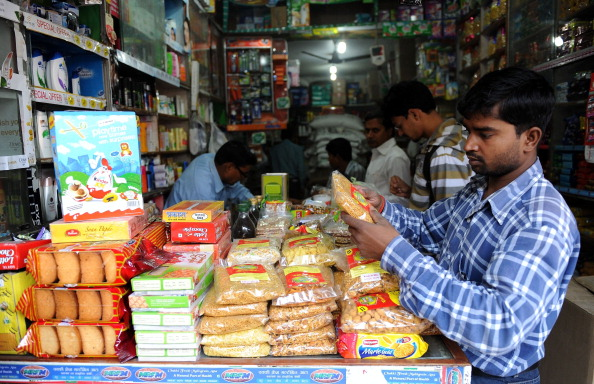Jupiter
An extensive pan-India Usage and Attitude study for an FMCG giant

Source: browntape.com
August, 2015
Usage and Attitude: Usage and Attitude (U&A) studies are periodic strategic studies conducted by brands to understand the length and breadth of a given market and identify opportunities and create marketing plans optimize marketing spends and improve a given marketing objective. Ipsos provides a quick (~ 5 minutes) of a good overview on Usage and Attitude studies. You can read it here.
Problem: Our client is one of the biggest FMCG brands in the world and is the leader in consumer packaged goods category in India. The objective of the brand for this study was to identify opportunities in rural and urban retail space of India by understanding consumers in each region - their motivations, the journeys they make to the stores where they purchase household prodcts, their patterns of purchase and their lifestyle choices. Such a study encompasses several information areas and requires careful planning, execution, monitoring and analysis - each step no more important than the other. The heterogenous nature of the Indian retail space and socio-cultural factors of each region in India add to complexity of the problem.
Solution: Kantar TNS conducted a Habits and Attitude study for the client across 10 rural and urban centers in India for a period of ~3 months. Since internet penetration isn’t favourable in India, the study was conducted as a mix of PAPI (Paper and pencil interview) and diary based collection on ground. The diaries so collected were enough to fill a small room! The data so obtained was processed, cleaned and analyzed - which is a very time consuming process given the dependene on legacy systems in the industry. Also, since the data collection was diary and PAPI based, the quality of data had to be closely monitored.
Thoughts: After studying state-of-thea-art techniques in data science, I have many ideas about improving the current status quo in market research and consumer insights industry. A very simple example is the use of OCR and simple techniques like regex and natural language processing to efficiently convert PAPI data to digitally processed data. There are many more ideas, and perhaps, I will one day write a post about it. Meanwhile, I would love to know about any ideas that you have!
Let me know if you want to discuss the future of market research and consumer insights with me. You can find me on LinkedIn here or write to me at janak.nmims@gmail.com.